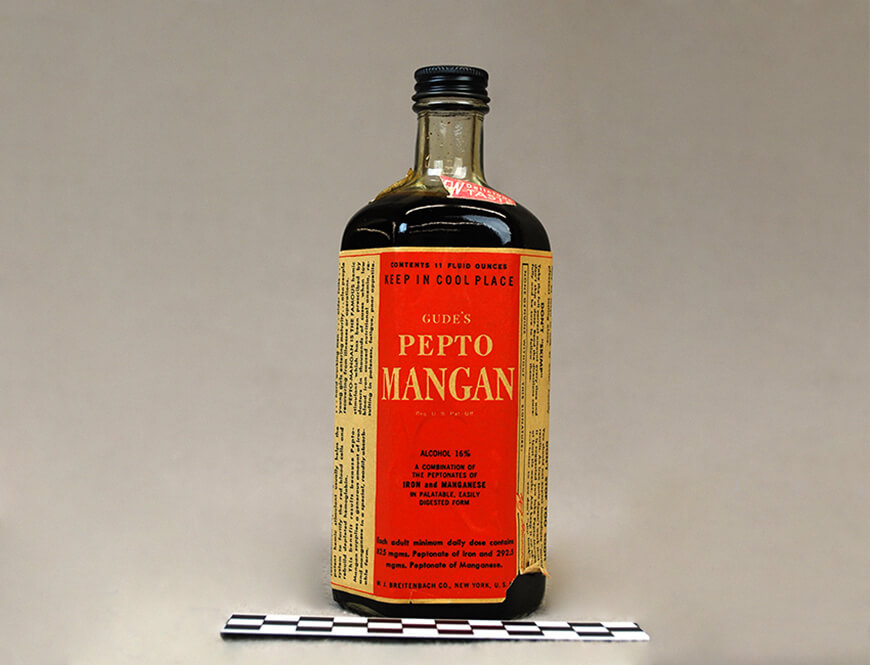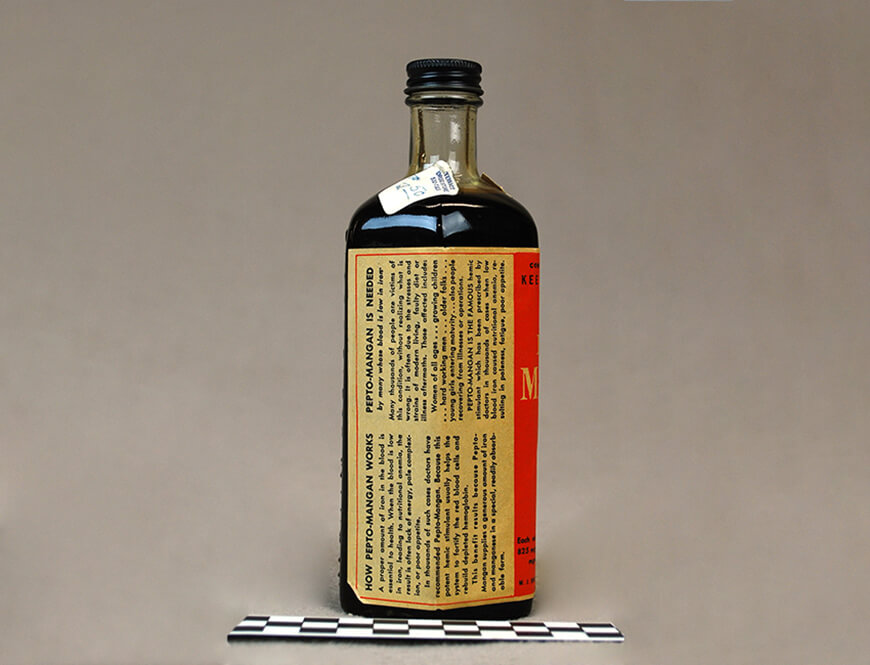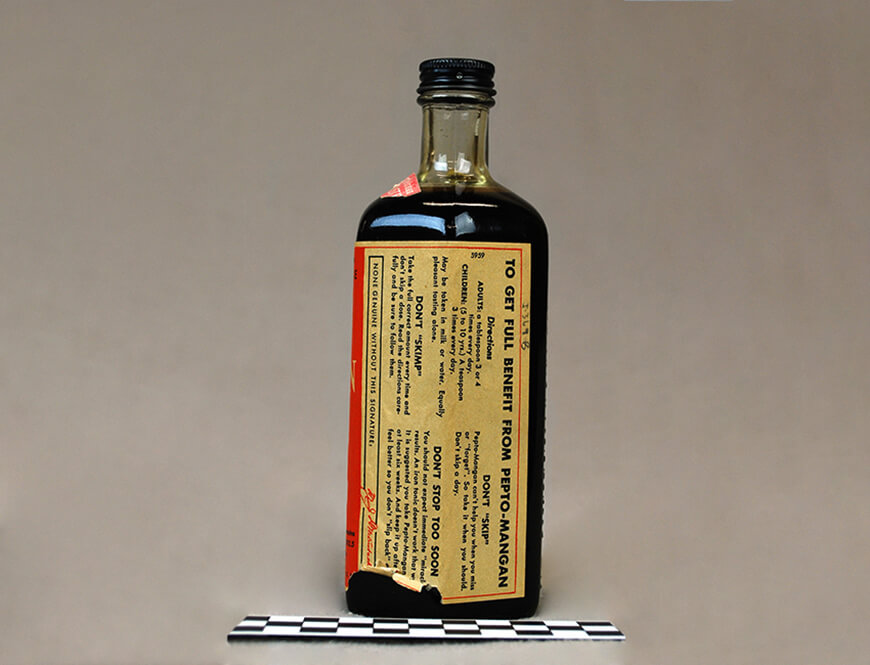Before there were pharmacies, people would go to their neighborhood chemist and into their neighborhood apothecary. Inside this shop you could find liniments, ointments and other medicinal to help aid in healing. Apothecaries used plants and other substances to make remedies and were the place to go for medical treatment and information when doctors weren’t available.
Recipes for medicine have been found dating back to 1890-1100 BC in ancient Egypt, Babylonia and Greece. Chinese apothecaries wrote encyclopedias listing almost every herbal remedy available. Many people still use herbal remedies today. People who take natural herbal remedies do so because they trust that the traditional plant-based remedies that have been around for hundreds of years do have benefits. Though apothecary chemists did not always have formal medical training, they were aware of the medicinal effects of certain plants and substances and relied on that to concoct a remedy. Plants like garlic, opium poppies, willow, and chamomile have all been known for their medical properties for many years. Apothecaries were generally careful about their methods and instructions of how to use their medicines. Many of the techniques developed by apothecaries on how to properly store, organize and measure medicinal ingredients led to the creation of today’s medical laboratories.
Before there were dentists and surgeons, apothecaries would take care of things like amputations of limbs, dental needs, birthing deliveries and training new students in the medical arts. If you would walk into an apothecary shop you would see bottles of medicine, containers of liquids, creams and herbs needed to help with ailments.
The hexagonal shaped bottle in the Institute of Texan Cultures collection is filled with a remedy for anemia called Gude’s Pepto-Mangan and manufactured by the M.J Brietenbach Co. of New York. Anemia is a medical condition that effects the blood. Patients with anemia do not have enough red blood cells in their blood to properly distribute oxygen throughout the body. Pepto-Mangan was a compound of magnesium and iron peptonate which was intended to reduce stomach problems and acid reflux, and was thought to enrich the blood with iron. It was noted that once patients had taken Gude’s Pepto-Mangan their symptoms decreased, and after a few days they were back to their regular selves. Pepto-Mangan was a dark clear colored liquid but, was said to have had a light taste and not a harsh medicinal one. This is a surprising description, because it contained 16% alcohol. The recommended dosage for adults was four tablespoons a day, children over the age of 5 could have up to a teaspoon three times a day.


